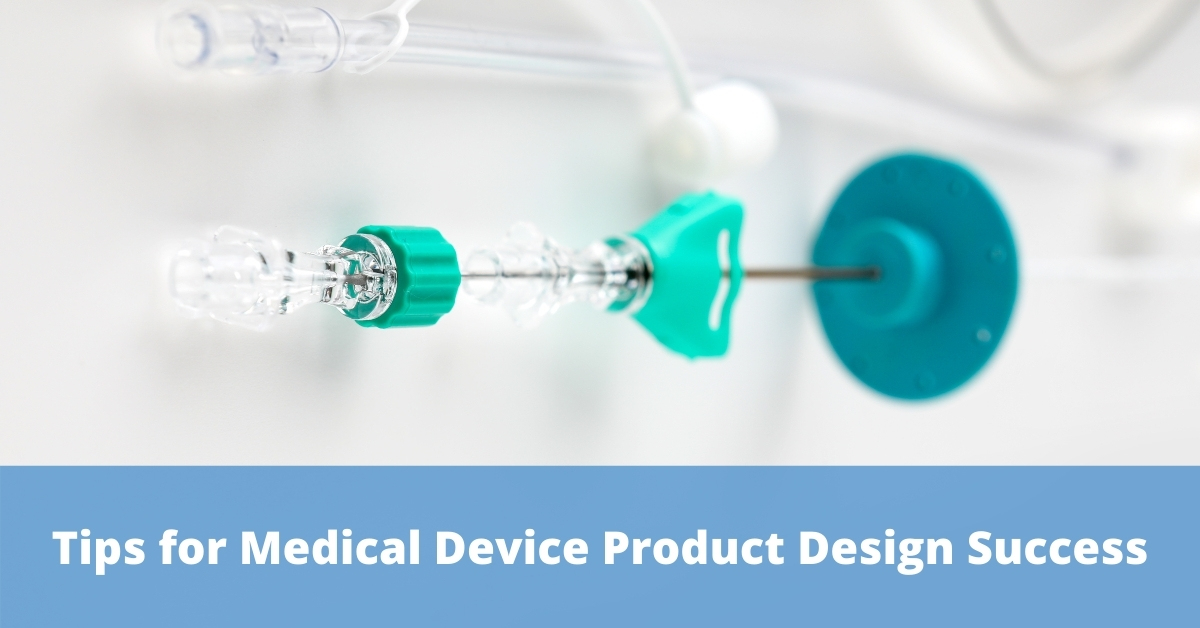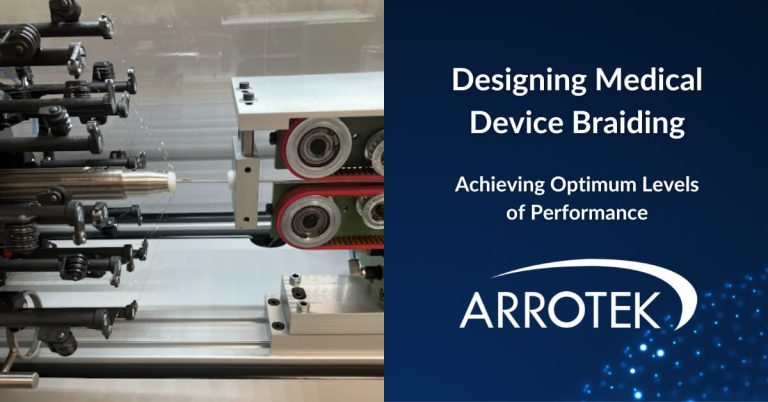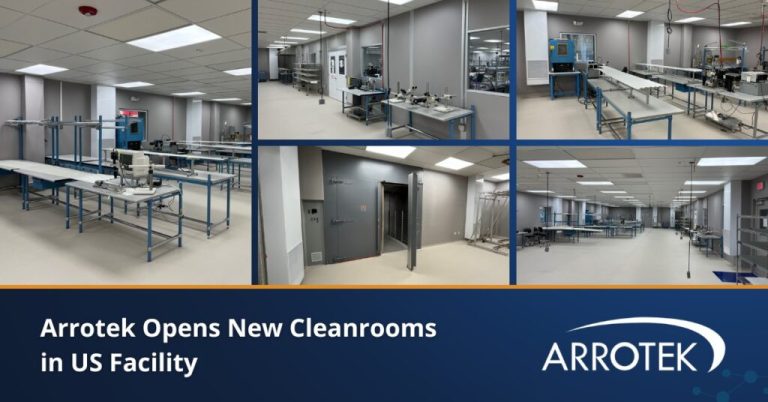You will probably work with a design partner to develop your idea for a new medical device. They will handle the design process, bringing the concept through to the initial prototype and then final prototype stage, ready for you to move to the next stage of your business plan.
There are things that you can do to facilitate the design process as well as to ensure the developed product meets your goals and objectives. The following tips are a good place to start.
Focus on Designing a Product
One of the mistakes that is sometimes made when designing new medical devices, particularly novel medical devices, is to focus on the technology. The aim is often to innovate, create something unique, and push the boundaries of what is possible.
However, it is easy in these situations to lose sight of the fact that you are designing a product that must pass through the regulatory approval process and then be commercially viable. The result is a great piece of tech that either can’t get regulatory approval or doesn’t have a sufficient market.
So, the medical device design process should be about product design, where you take a holistic view and continuously check to ensure decisions are in line with your objectives.
Find Out About the Route to Regulatory Approval
The design partner you work with should have expertise in this area. In fact, regulatory expertise is essential in medical device product design, particularly for products like minimally invasive medical devices.
That said, it is also important that you understand the regulatory approval process. That understanding should include an overview of how regulators classify medical devices and what those classifications mean.
You should also understand the critical requirements for getting your medical device approved, including documentation you will need as well as trials and testing requirements. You should then plan for how you will meet those requirements.
Develop a Plan
Before or very soon after you engage a design partner, you should have an overall plan that lays out what you want to achieve with key business milestones. Your medical device design partner will also create a plan focusing on product development. Yours, however, should be more high-level, looking at aspects of the process outside the remit of your design partner, including funding milestones, marketing requirements, commercialisation strategies, etc.
Create a List of Must-Have Features
It is also helpful before you engage a design partner to make a list of the features you think could be included in your new medical device. You should then categorise those features into either must-have features or nice-to-have features. It can also be useful to include any obvious features that your medical device will not need, as that information can help the design engineer understand what you want to achieve.
Flexibility in how the product develops is an important part of the design process, so the list of must-have features shouldn’t be set in stone where it can’t be changed. However, understanding the must-have features keeps minds focused on what is most important.
Remember also that when you try to get everything (the must-haves and nice-to-haves), the design process will take longer, and you may end up with a product that doesn’t deliver on the main objectives you set when embarking on the project in the first place.
Decide on the Elements You Will Keep In-House
If you are a start-up, you may need to outsource the entire design process to your design partner. Your partner will have the resources, systems, and processes that you need, and they will be able to get started with minimal delay.
However, if you are an established company, you may already have in-house capabilities. Therefore, it’s important to decide early which parts of the development you will outsource to a design partner.
Engage the Right Design Partner Early
Engaging a design partner with relevant experience and a proven track record will make the design process smoother. You will also find that many design companies specialise in certain areas. At Arrotek, for example, we specialise in minimally invasive medical devices and advanced catheter technologies.
Allocate Enough Time to the Project, Particularly in the Early Stages
Your design partner will do the heavy lifting during the design process, but you will be involved to provide feedback and input. It is important you allocate sufficient time to these parts of the process, particularly in the early stages, as this will save money and time in the long run.
Why? As with all product design processes, changes cost less the earlier they are made. As the product develops, changes become considerably more costly to implement. So, high levels of engagement, assessment, and consideration in those early stages are very beneficial.
Participate in Design Reviews
This point is connected to the previous point, but it is worth highlighting it separately. Design reviews should be held frequently, and you and other essential stakeholders should participate in them as much as possible.
Get User Feedback Early and Often
Getting user feedback early and often is also important to ensure the successful development of a viable medical device product. Often this involves engaging with medical device professionals to get their input on initial concepts and early-stage prototypes. The feedback they give will be invaluable for you and the engineers working for your design partner.
Successful Medical Device Product Design
Successful medical device product design is all about proper planning and methodically going through each step and phase of both the design and business development process. For the product design element, the above tips will help.





